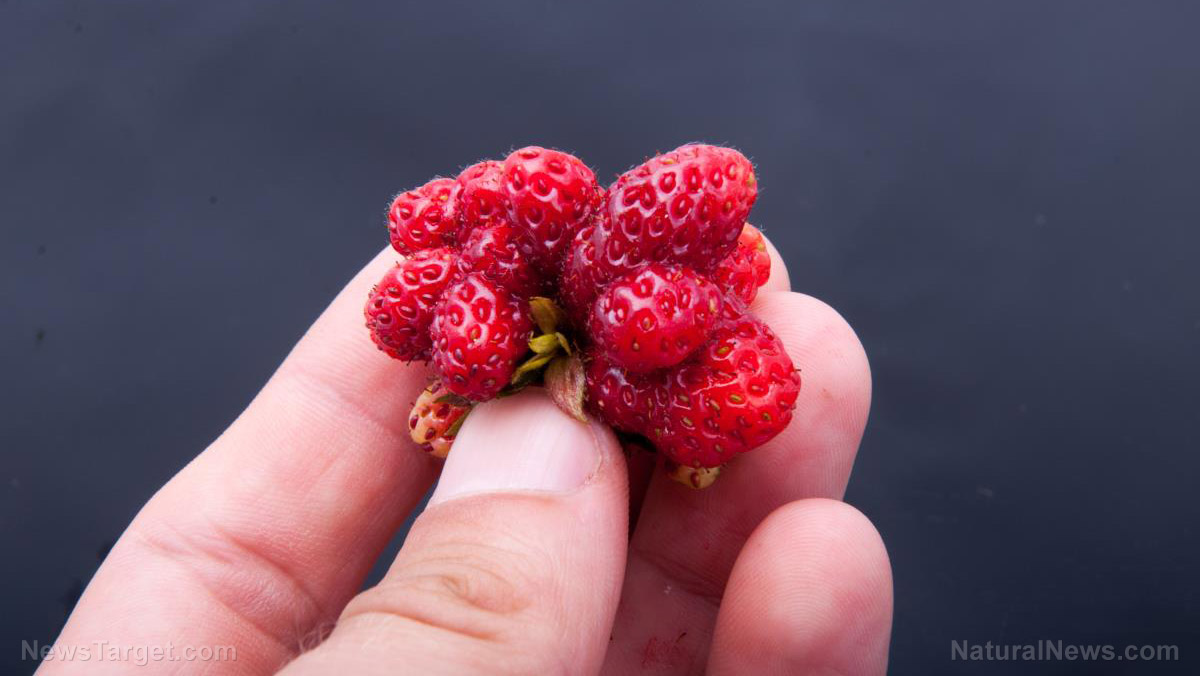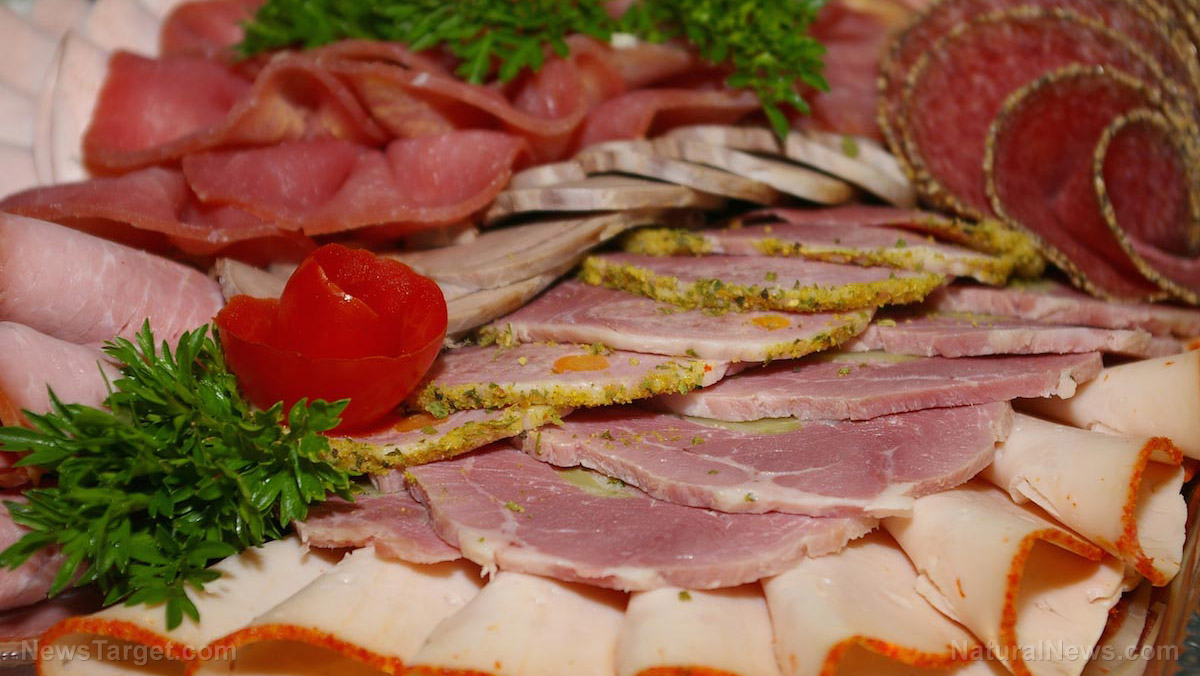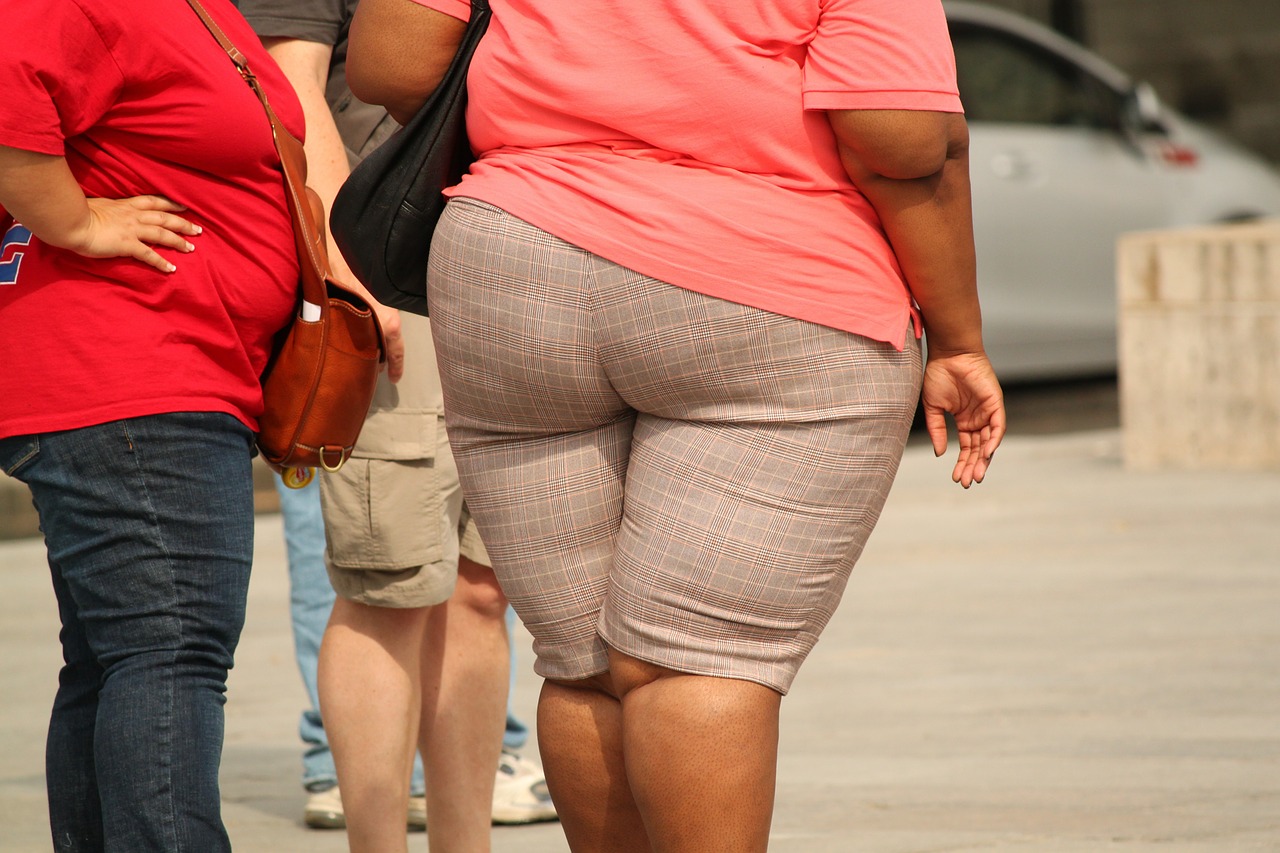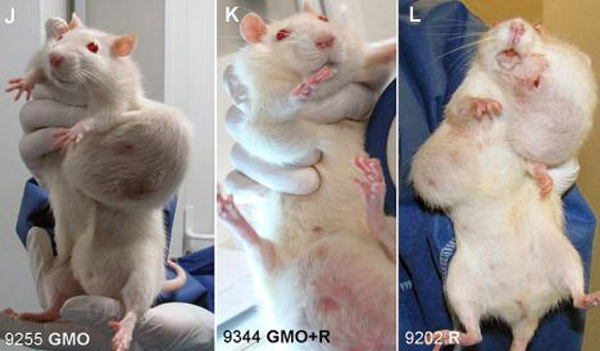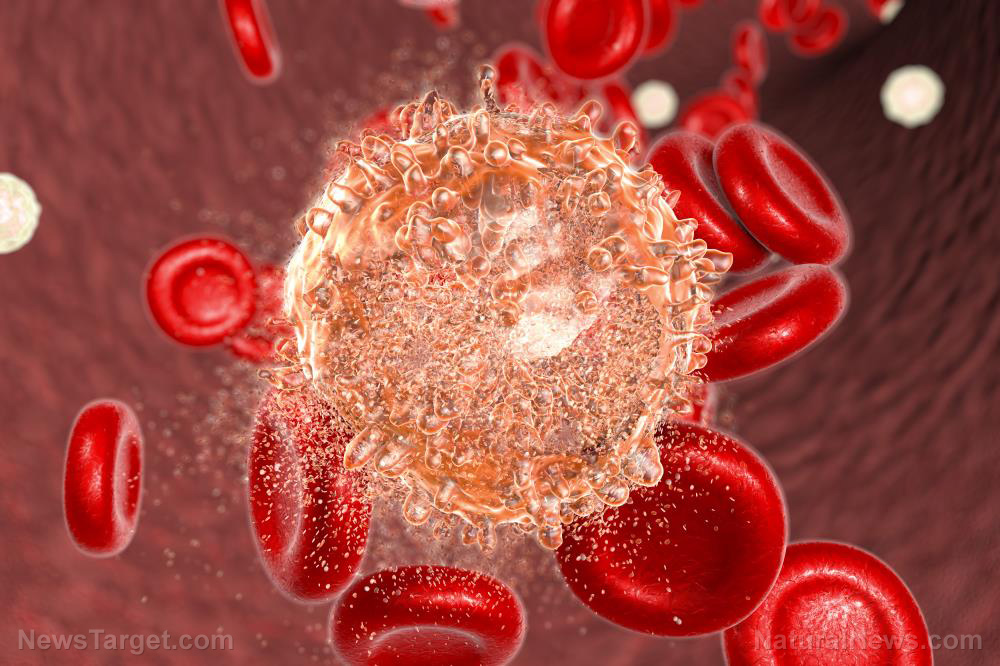First-of-its-kind study reveals that finished kitchen cabinets are emitting toxins
05/11/2018 / By Vicki Batts

The kitchen is one of the most trafficked areas in most homes. For many, it’s not just a place to cook and prepare food; it’s a place where the family comes together. But new research has shown that the kitchen may actually be one of the most dangerous places in your home — and not because of all the sharp utensils. Scientists have discovered that many finished kitchen cabinets are actually emitting toxins knows as “polychlorinated biphenyl compounds,” or PCBs for short. Indeed, it seems that there is no shortage of toxins secretly lurking around in our modern world. Apparently, even the way we treat wood today turns it into poison. Who would have thought?
The shocking find comes from scientists at the University of Iowa, who suspect that PCBs may be a byproduct of sealants used in the cabinet industry. The research was led by Keri C. Hornbuckle and her colleagues from the university’s College of Engineering.
What are PCBs?
PCBs, or polychlorinated biphenyl compounds, are recognized as toxins. They’re known for being carcinogenic, as well as for their potential to cause endocrine disruption and other adverse health effects. In the U.S., manufacturing of PCBs was banned in 1979.
As EcoWatch reports, Monsanto was actually the leading manufacturer of PCBs all the way up until 1977, before switching over to agriculture and biotech. Monsanto sure does have a knack for being involved with health-destroying toxins and other evil schemes, don’t they? The EPA banned PCBs due to their links to cancer and birth defects, but the toxins have also been linked to causing other health problems, such as skin issues, liver conditions and endocrine disruption.
Despite being banned almost 40 years ago, PCBs remain a threat — in large part due to their ability to remain in the environment long-term. Past studies have noted that caulking, sealants, floor finishes and other products are still leaching these toxins into the environment. Often, it is assumed that this happens in older buildings, which were built during the time PCBs were still legal, even though PCBs are still found contaminating food supplies and other products to this day.
The new study led by Hornbuckle shows that modern sealants are still capable of producing PCBs as a byproduct.
PCBs in your kitchen
To conduct their research, Hornbuckle and her team sampled indoor and outdoor air around 16 homes in Iowa. Over the course of six weeks, the researchers measured the concentrations of PCBs using polyurethane-equipped passive air samplers — and what they found was shocking. Three different types of PCBs were found in disturbingly high amounts, and the team has surmised that finished kitchen cabinetry is the primary source of these toxins.
As Science Daily reports:
They found neurotoxic PCB-47 and PCB-51, as well as PCB-68, at much higher levels than expected. The concentrations seemed to be dependent on the year the house was built, with higher levels in more recent years. After testing the emissions coming from a variety of household items, including the stove, floor and walls, the researchers found the PCBs wafting off the finished kitchen cabinetry.
The team has posited that decomposition of 2,4-dichlorobenzoyl peroxide, a common ingredient in modern cabinet sealants, is responsible for producing the toxic compounds. In newer or recently renovated homes, the amount of PCBs detected was noticeably higher.
As Environmental Health News notes, there are many health issues associated with PCBs. All three of the PCBs detected are considered to be neurotoxic. PCB-47 has also been linked to liver problems, and both PCB-47 and PCB-51 have been associated with hormone disruption. The PCBs detected by the researchers may also cause cancer — and experts say the metabolites of these hazardous chemicals may also be toxic.
Knowing what is going into and around your home is so important these days. Keep up-to-date with the latest research on what’s toxic at Toxins.news.
Sources for this article include:
Tagged Under: carcinogens, chemicals, dangerous chemicals, disease causes, Endocrine disruptors, environ, environment, indoor air, indoor air quality, neurotoxins, new homes, PCBs, shocking research, toxic chemicals, toxins






